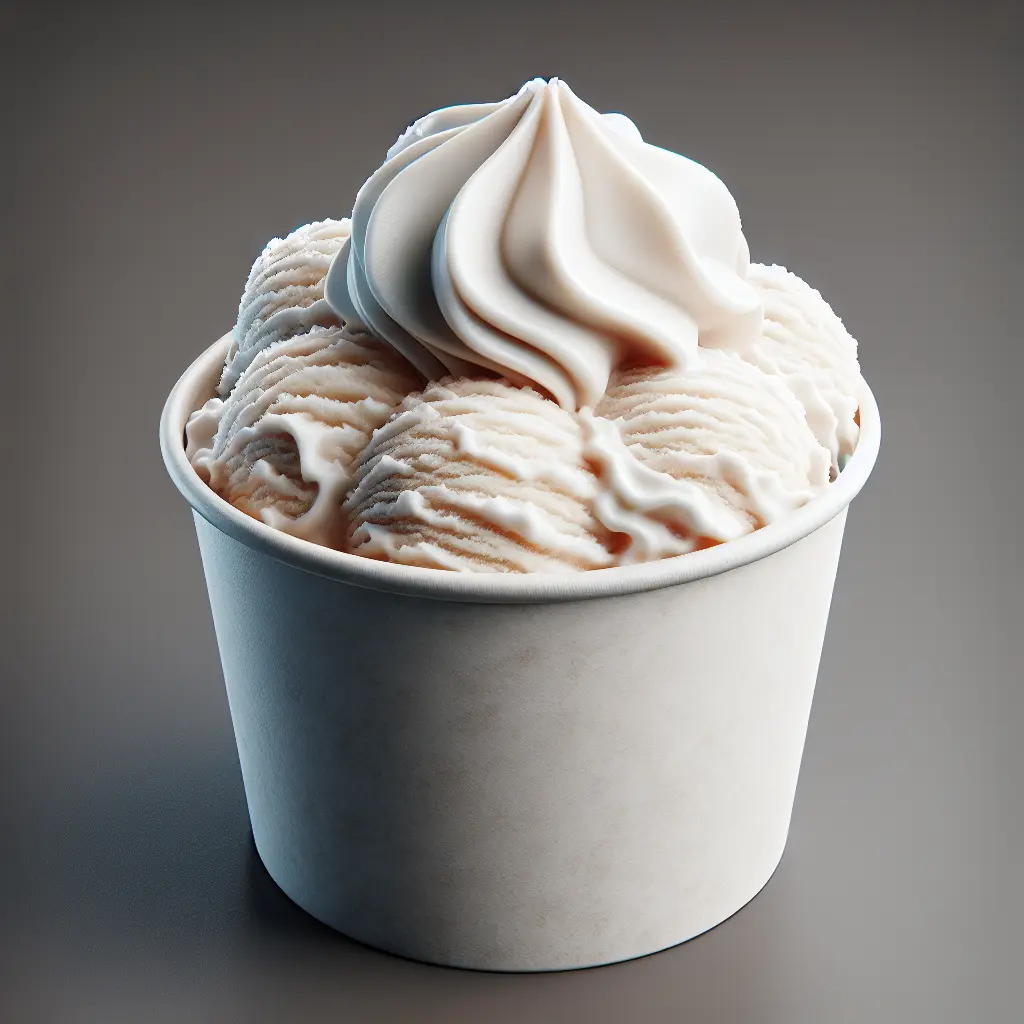Ice Cream: A Culinary Delight
Ice cream, a frozen dessert that has become a staple in many cultures worldwide, tantalizes taste buds with its creamy texture and symphony of flavors. Its versatility extends beyond a mere treat; it serves as an ingredient in delectable culinary creations and a source of culinary inspiration.
Nutritional Profile: A Sweet Indulgence
A typical cup of ice cream provides approximately 273 calories, offering a moderate dose of energy for those indulging in its sweetness. However, it's essential to note that the caloric content can vary depending on the specific flavor and brand.
In terms of macronutrients, ice cream contains a blend of carbohydrates, proteins, and fats. Carbohydrates make up the most substantial portion, with around 31 grams per serving, primarily in the form of sugars. Proteins contribute approximately 4.6 grams, while fats account for around 15 grams.
Ice cream also contains trace amounts of fiber, around 0.9 grams per serving, which can contribute to feelings of fullness and support digestive health. However, it's important to be mindful of the sugar content, which sits around 28 grams per cup.
Unveiling the Flavors: A Symphony of Sweetness
The realm of ice cream flavors is a vast and ever-evolving canvas where creativity and indulgence intertwine. From classic vanilla to adventurous combinations like salted caramel and lavender, ice cream caters to a wide range of preferences.
Vanilla, with its timeless appeal, remains a beloved choice, offering a pure and versatile base for various toppings and sauces. Chocolate, in its many forms—dark, milk, or white—enchants with its rich, decadent notes. Fruit flavors, such as strawberry, raspberry, and mango, bring a burst of freshness and natural sweetness.
For those seeking unique flavor experiences, ice cream makers continue to innovate with intriguing combinations. Salted caramel balances salty and sweet, while lavender infuses a floral elegance. Green tea and matcha offer a hint of earthy complexity, and peanut butter lovers delight in its creamy, nutty embrace.
Culinary Canvas: Beyond the Cone
Ice cream's versatility extends beyond the confines of a cone or bowl. It serves as a versatile ingredient in an array of culinary creations, transforming desserts and beverages into extraordinary experiences.
In classic desserts, ice cream reigns supreme as a topping for pies, cakes, and cobblers. Its creamy texture and contrasting temperatures create a delightful harmony of flavors and textures. Ice cream also forms the foundation of beloved frozen treats like sundaes and milkshakes, where it's adorned with toppings and sauces, creating a symphony of sweetness.
Beyond desserts, ice cream finds its way into innovative cocktails and mocktails. Blended with fruits, juices, and spirits, it creates frozen libations that offer a refreshing twist on classic beverages.
Conclusion: A Timeless Treat
Ice cream, with its irresistible flavors and versatility, has earned its place as a culinary icon. Whether enjoyed as a simple indulgence or incorporated into elaborate desserts, this frozen delight continues to captivate taste buds and inspire culinary creativity. As the world continues to churn out new and delectable ice cream flavors, one thing remains certain: this sweet and creamy treat will forever hold a special place in our hearts and palates.
How many calories are in Ice Cream?
Each 1 cup of Ice Cream contains 273 calories.
Ice Cream Nutritional Information
| Nutrient | Amount per 1 cup (132g) |
|---|---|
| Calories | 273 Calories |
| Protein | 4.6g |
| Fat | 15g |
| Saturated Fat | 9g |
| Cholesterol | 0.058mg |
| Carbohydrates | 31g |
| Dietary Fiber | 0.9g |
| Sugar | 28g |
| Sodium | 0.106mg |
| Potassium | 0.2627mg |
| Calcium | 0.169mg |
| Iron | 0.0001mg |
